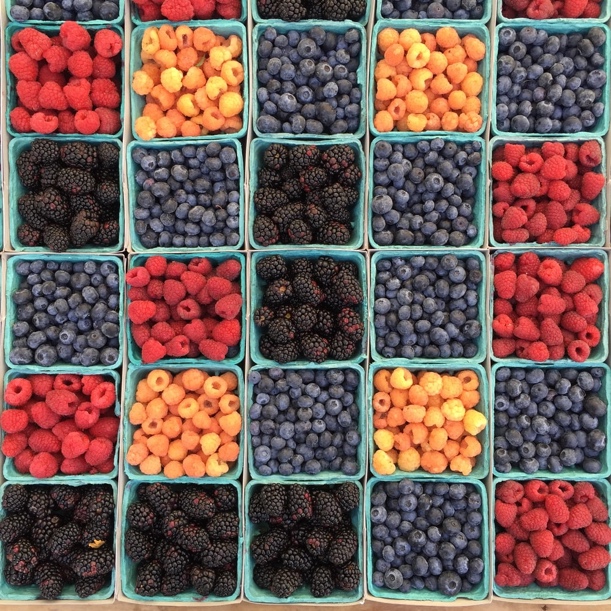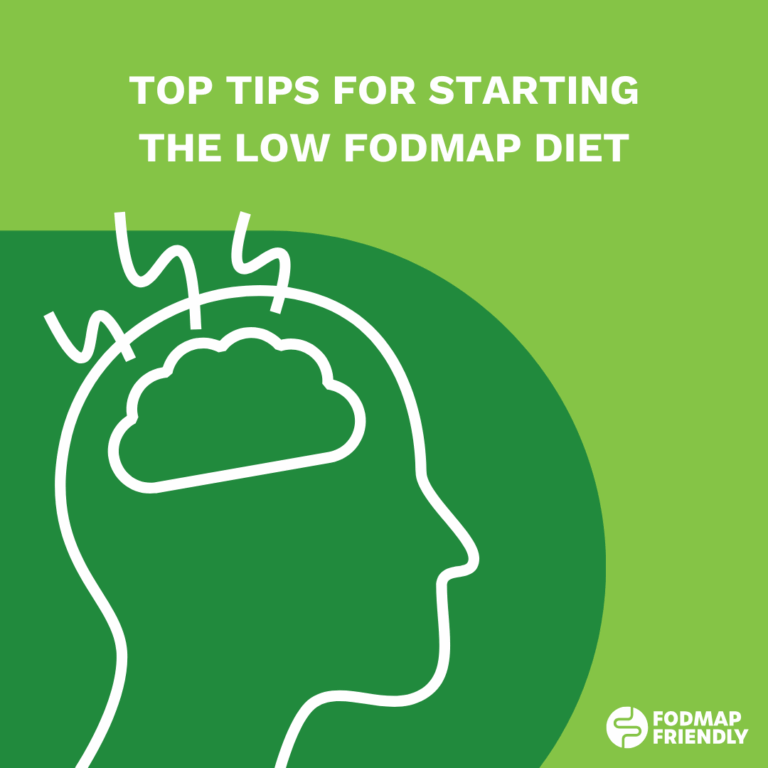Yoghurt is a very versatile food, think about it, yoghurt can be used in a range of sweet and savoury dishes and can be served as it is, or it can be cooked. Consequently, yoghurt is digested and therefore tolerated in different ways, depending on different factors. These factors may explain the difference in symptoms that may occur after consuming yoghurt. The factors include the serving size, the effect of FODMAP stacking and lactose sensitivities.
Serving size
The amount of the yoghurt that you eat changes the likelihood of experiencing gut symptoms and/or the severity of the symptoms. When you are consuming yoghurt that has been used as an ingredient in a dish, such as a curry, it is likely that the amount of yoghurt that you are consuming is not as high as the amount of yoghurt you would consume, if eating yoghurt as a snack. Similarly, you should be mindful of the amount of yoghurt you are consuming at any time and to stay within your tolerated FODMAP serving sizes. At 200g (4/5 cup), Greek yoghurt is low FODMAP. Regular yoghurt may have a decent lactose content, so rather go for a lactose free option when following phase 1 of the low FODMAP diet.
FODMAP Stacking
When eating yoghurt, it is important to be conscious about the ‘toppings’ and additions you are making to the yoghurt. Often, people will add different fruits, nuts, seeds and/or granola to their yoghurt, it is important to know the low FODMAP quantity of these foods and how many different foods are being added. FODMAP stacking refers to a build-up of FODMAPs in the gut, this can happen after consuming multiple foods which contain FODMAPs from the same group together, even when staying within the low FODMAP serving sizes of each individual food. For this reason, look out for FODMAP Stacking or a build-up of FODMAPs and strive to find a balance that works for you, should you choose to add ‘toppings’ to your yoghurt.
Lactose sensitivity
Lactose is the sugar that is found in milk and therefore, in yoghurt. Many individuals suffer from a lactose sensitivity, often diagnosed as a lactose intolerance. This involves the body having a reduced ability to break down the sugar lactose, because the body has a limited amount of the enzyme lactase. Lactase is involved in the breakdown of lactose. Lactose intolerance may result in gastrointestinal symptoms (such as bloating, diarrhoea, constipation, etc.). Most yoghurts contain live cultures, which are bacteria which work to break down lactose. Consequently, this reduces the strain on the gastrointestinal system and means that most individuals with lactose intolerance may still be able to consume a small amount of regular yoghurt.
What low FODMAP yoghurt options are there?
When making a choice about which yoghurt to eat, look out for options which contain live cultures or have been through a process of fermentation or straining. The process of fermentation or straining help to reduce the lactose content even further. It is recommended that you eat yoghurts such as Greek Yoghurt, or specific lactose free yoghurts, such as Liddells Lactose Free yoghurt range and Green Valley Creamery range.
For more options of low FODMAP foods download the FODMAP Friendly App, available for Apple /iPhones and Android.
In summary
If you are sensitive to lactose, it is important to check the type of yoghurt you are consuming, and the quantity that you are consuming. As always, if you are finding that you are having issues tolerating yoghurt and/or any other food, please reach out to a FODMAP-trained Dietitian, who will able to offer you lots of guidance and support to assist in finding out what works best for you!
Written by: Niamh Smith, Nutritionist
Reviewed by: Kiarra Martindale (Accredited Practising Dietitian)










